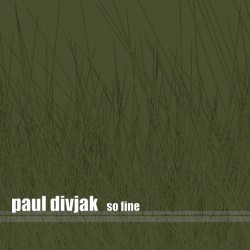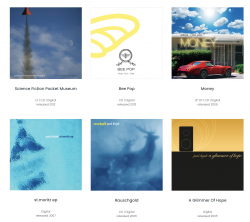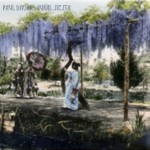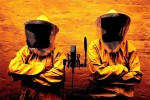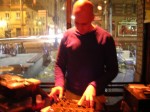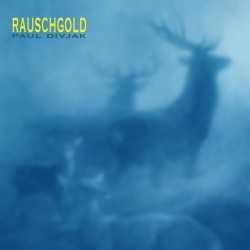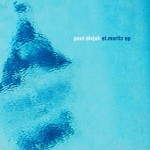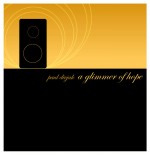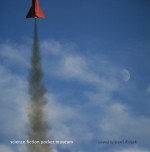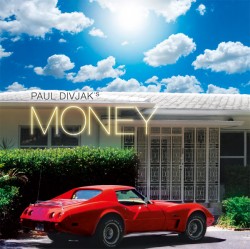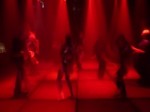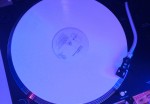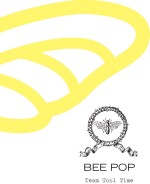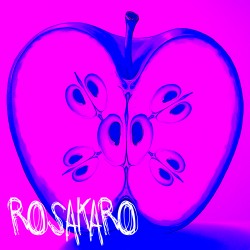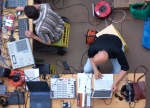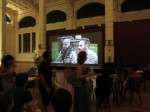The Western world has a brief history of ecstasy. Affected through and through by a belief system that triggered off the industrial revolution, achievement and pleasure were perceived as opposite poles of time spent. Work meant the construction of order. Pleasure meant indulgence in disarray. Formulated in more precise terms by Calvinism, such assumptions opened the world for the industrial revolution and the almost religious accumulation of wealth an property.
Also at the dawn of the revolution of the cultural industry, the same paradigms can be found. Freeing Rock´n´Roll from the indulgent disarray of darker and more intimate urges, over-achievers such as the Beatles would turn music into work. Manufacturing order in any possible aspect, intuition was replaced by multi-track recording and improvisation became theory.
The instrument to suffer the most was the guitar. Once upon a time, everyone could play guitar. But within years, guitar solos became orderly elements, pruned to grow entirely within the shape of a larger body. Only throughout the late 60s and 70s, the ecstasy of this instrument was re-discovered. On stage, lengthy guitar solos would follow short, three minute pop songs. In fact, many times the orderly son appeared to be little more than an excuse to indulge in the disarray that followed a whole day´s work. Bands such as Grobschnitt and later Spacemen 3 were tempted to discard the song altogether and dive straight into the indulgence. Everyone can play guitar.
The emergence of tools for digital desktop production and home-recording technology seemed to bring this process to a halt. The digital revolution would re-establish a working environment, where musicians were physically segregated, limited to their 17 inch screens, their bodies glued to the chair, performing on a stage the size of a mouse pad.
Rarely does a man bestride order and indulgence like a colossus. But here you have it. Find some miscellaneous things to do with guitars.
[Linernotes / So fine - sue.mi 2001]
Divjak/Pratter – 45rpm [suemi]
“Es hat schon so seinen paradoxen Charme. Catarina Pratter macht sich für die klassischen 3 Minuten Tracks stark, Paul Divjak für Gitarrenriffs, beides untergegangen im Rausch allgemeiner Elektrifizierung. Riffs lassen sich schließlich digital verschleiern, Vinyl-Medial retracken, und doch ist hiervon an der realakustischen Oberfläche kaum etwas zu vernehmen. Das Paradoxe spiegelt sich eher in der Struktur, bei Catarina Pratter z.B. an der Aufspreizung von “marrying an ordinary man” in eine siebenfache Clubsong-Variation. Paul Divjak hält sich mit seinen “two-sides” zwar an die Regel, unterwandert sie aber mit einer Spiegelung von “as if” und “so fine”. Kantige Riffs verwandeln sich in diskrete Phaser-Beats und rauhen von unten die Lied-Oberfläche auf, und in einer Gegenbewegung versequenzen sich die Beats selber, werden an der Oberfläche sichtbar. Hier ist die Melodie lediglich als Ornament erlaubt. Eine endlose, rekursive Schleife, die sich selbst verstärkt. Zwei hübsche digitale Mediendispositionen in Clubformat: Fragmentierung und Geschwindigkeit. Was will man mehr?”
[De:Bug 7/2002]
LABEL: SUEMI
FORMAT: VINYL (X1)
RELEASED DATE: 2001
STYLE: EXPERIMENTAL
GENRE: ELECTRONIC
ETCHING ID: SUEMI04
SUE.MI.CZ, 2001 PAUL DIVJAK
